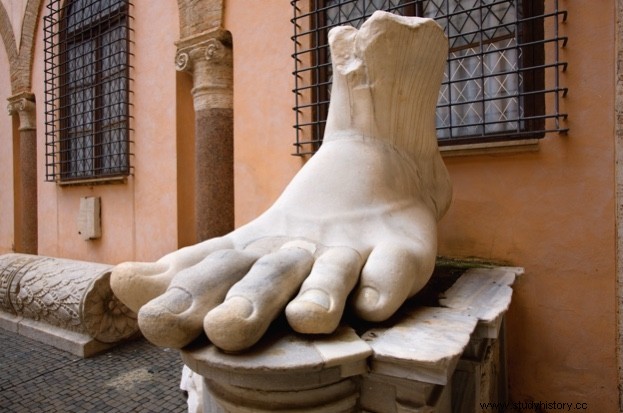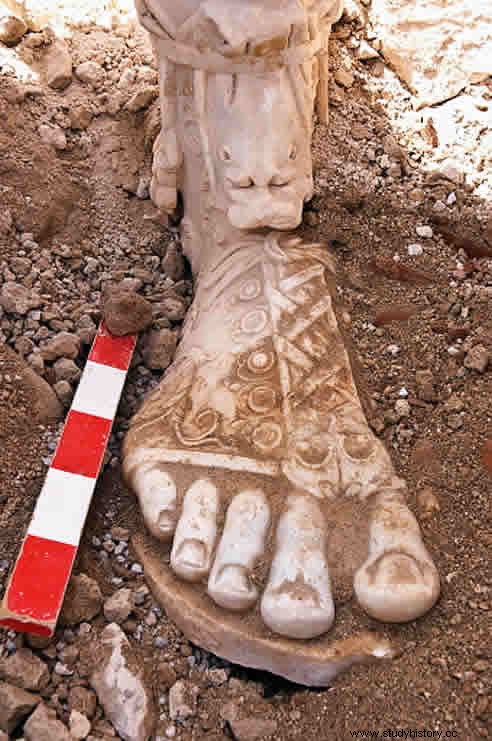I don't know if you have noticed a detail that is repeated in most classical sculptures -and I don't mean that it is small, which is also a constant, or the statues where Priapus -, but in his hands and feet, specifically his nails and how perfectly trimmed they are. For those who have been left with the doubt of why the small dimensions of the masculine attributes, I will tell you that, according to Aristophanes , the male ideal of the time had «a good chest, a fair complexion, broad shoulders, a moderate tongue, strong buttocks and a small but gentle penis «. Furthermore, for the classic sculptural representation of a male body, a large member would have distorted proportionality and symmetry… or so the art critics say. Now that we've cleared up the issue of dimensions, let's get back to the nails

As in other cultures such as the Sumerian, Egyptian or Greek, the Romans paid special attention to body care, beauty and hairstyle. For the treatment of the hair of the head and the face there were the tonsores -for the treatment of hair from other parts of the body they had the alipilarius -. The wealthiest had their own tonsor at home; the rest of the citizens had to go to the tonstrinae (barbershops/hairdressers) or resort to tonsores street vendors offering their services. Helped by the circitors (apprentices), the tonsors they cut hair, combed, shaved or trimmed beards, removed earwax… and did manicures and pedicures. A service that could take hours... that passed between gossip and gossip.

Among their work tools, such as manicure and pedicure, they had knives, a kind of nail clippers of different sizes (forfex ) and a curved spoon for cleaning dirt under the nails.

Forex
